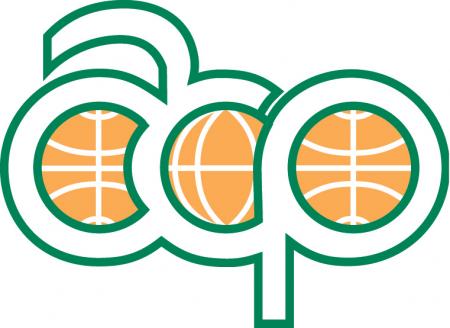Progress Towards Protected Area Targets
Protected Area targets have been set globally, regionally, and sometimes at a country level. During the last decade, the global protected area targets that all country signatories to the Convention on Biological Diversity (CBD) committed to were the CBD's Aichi Biodiversity Targets. Specifically, Aichi Target 11 which stated that:
A new species of jewel-babbler (Cinclosomatidae: Ptilorrhoa) from the Southern Fold Mountains of Papua New Guinea
Based on distinctive morphological and vocal characters we describe a new species of jewel-babbler (genus Ptilorrhoa) from the forested karst of the Southern Fold Mountains in Papua New Guinea. The description is based on camera trap data and is presented in accordance with ICZN Declaration 45. The new species is currently known only from the type locality at the top of Iagifu Ridge (1335–1400 m above sea level), a limestone anticline isolated from the main body of New Guinea's central cordillera, where it is uncommon.
What Will Count?—Evidence for the Global Recognition of Other Effective area–based Conservation Measures
Other effective area–based conservation measures (OECMs) are anticipated to play an important role in progress towards global protection targets, with progress being judged on the basis of the areas reported to the World Database on Other Effective area-based Conservation Measures (WD-OECM). Given concerns that OECMs may be designated inappropriately, in this study we asked what evidence has been provided to show that sites have been assessed against the criteria to be OECMs.
Conservation and Commerce: Managing Small-Scale Fisheries for Ecological and Livelihood Benefits
Delivering both social and ecological outcomes is regarded as essential for conservation actions to be effective, particularly in regions where Indigenous Peoples (IPs) and local communities (LCs) depend heavily on natural resources. In the Indo-Pacific, sustainable small-scale fisheries are seen as potential win–win solutions. Here, we evaluate the opportunities and challenges of supporting IPs and LCs to sustainably manage and add value to a high-value marine commodity using a case study from the Mwanus Endras Asi Resource Development Network (MEARDN) in Manus Province, Papua New Guinea.
Future-proofing the global system of marine protected areas: Integrating climate change into planning and management
Climate change and its impacts are increasingly threatening the ability of marine protected areas (MPA) to meet their conservation goals. While integration of climate change into planning is critical, a recent global analysis found that relatively few MPAs have incorporated climate change considerations into formal management planning processes. Despite this, sessions and discussions at the Fifth International Marine Protected Areas Congress (IMPAC5) demonstrate that climate-adaptive management already permeates MPA processes, from day-to-day management to design and implementation.
Quality of marine protected areas is critical to achieving global biodiversity targets
Summarising CBD target 3 to “30 × 30” emphasizes area coverage, but conservation success depends on MPA quality. Many existing MPAs are under-protected, and rapidly designating new areas risks creating ‘paper parks’ without ecological or social benefits. Prioritizing strictly or fully managed MPAs, supported by a clear and shared definition, is essential to achieve meaningful biodiversity outcomes. Quality-focused strategies ensure that global targets benefit both nature and people, rather than merely meeting numerical goals.
Identifying global marine climate refugia through a conservative approach to ocean biodiversity preservation
Global changes threaten marine species, making marine climate refugia essential for biodiversity conservation and climate change mitigation. Our analysis maps sensitive and stability zones across the global ocean. We define marine climate refugia as climate-resilient zones with global conservation consensus under the worst-case emissions scenario for 2100. Marine climate refugia span 17.6 million square kilometres, with 96% within exclusive economic zones.
Scaling Up Conservation in a Connected World
Our planet is facing an unprecedented and accelerating biodiversity crisis, driven by human activity and compounded by climate change, which is bringing ever more severe weather to a world already strained by poverty and inequality. Species are disappearing at accelerating rates, entire ecosystems are collapsing at alarming speeds, and millions of people struggle to secure the most basic needs of water, food, energy, and safety.
For sharks on the brink of extinction, CITES Appendix II isn’t protective enough (commentary)
Sharks are some of the most threatened animals on Earth, with approximately one-third of all species assessed as threatened with extinction on the IUCN Red List. These animals are not only older than dinosaurs, but older than trees, and yet they face a very real risk of extinction within our lifetimes. Their number one threat is unsustainable overfishing, driven by demand fed through complex international trade networks.






